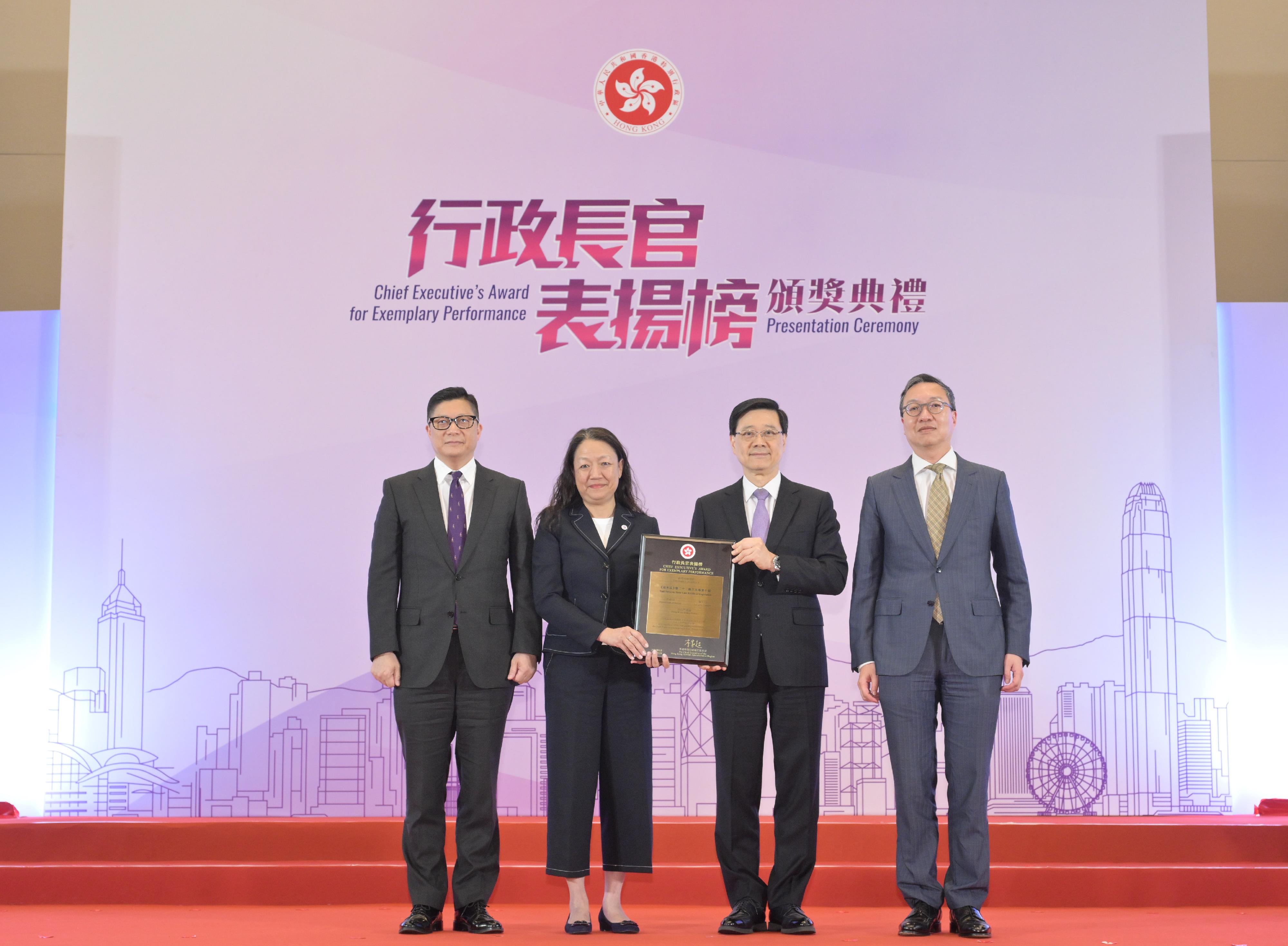Government announces extension of tender period for site for multi-storey buildings for modern industries in Yuen Long
The Government announces today (June 26) that the tender closing date of a site for Multi-storey Buildings for Modern Industries (MSB) on Fuk Wang Street and Wang Lee Street, Yuen Long, New Territories (i.e. Yuen Long Town Lot No. 545) (the Yuen Long Lot) will be extended from the original date of June 28, 2024, to December 27, 2024.
The Yuen Long Lot is the first MSB site rolled out by the Government to achieve the dual policy objectives of promoting the development of industries, as well as consolidating brownfield operations displaced by government projects in a land-efficient manner and assisting them in upgrading their operations. The successful tenderer has to hand over no less than 30 per cent of the maximum gross floor area (GFA) of the MSB(s) to the Government for renting out to brownfield operators affected by government development projects. To achieve these dual policy objectives, a two-envelope approach has been adopted for the tender of the Yuen Long Lot, unlike the approach for the disposal of conventional industrial sites. Tenderers have to submit respective envelopes containing the non-premium proposals (with a weighting of 70 per cent of the overall assessment) and premium proposals (with a weighting of 30 per cent of the overall assessment).
A spokesperson for the Development Bureau said, “The industry, including some prospective tenderers, expressed to the Government that they would need more time to formulate relevant proposals, and requested that the Government consider extending the tender period. The Development Bureau decided to extend the tender period, having considered various factors as follows –
- The non-premium proposals account for a weighting as high as 70 per cent of the overall assessment, which reflects that the Government attaches great importance to the layout and quality of the MSB(s) to be built. Accordingly, potential tenderers must put more effort in formulating the non-premium proposals when submitting the tender, including coming up with the location of the 30 per cent GFA to be handed over to the Government. All these factors render the preparation of the tender more complex and time-consuming.
- Meanwhile, the Government announced at the end of last month that the community isolation facilities in Hung Shui Kiu would depart from the sites where they were situated, in order to release the sites for MSB use in accordance with the original planning intention (the Hung Shui Kiu Sites). The Hung Shui Kiu Sites have already been included in this year’s Land Sale Programme. As both the Hung Shui Kiu Sites and the Yuen Long Lot can be designated for modern logistics use, there have been views in the market that the Government should better arrange the disposal timeline of the two sites, so that the industry and investors can concurrently consider the strategic development of the two sites. The Government is now expediting the preparatory work for putting the Hung Shui Kiu Sites up for tender in September at the earliest. Details will be announced in due course. The extension of the tender closing date of the Yuen Long Lot to later this year is a decision made in response to the market’s call for room for considering these two sites in a comprehensive manner.
The spokesperson said, “The Government invited the industry to submit expressions of interest for the two sites in Yuen Long and Hung Shui Kiu last year. A total of 10 submissions were received from relevant stakeholders, including operators from the logistics sector and the vehicle maintenance sector, as well as developers. The response was positive. Recently, the industry, including some prospective tenderers, has asked for an extension of the tender period, which indicates that the industry places great importance on the development of high-quality MSB(s) in the Northern Metropolis. The Government has acceded to this request, hoping that with concerted efforts from the Government and the industry, these two sites would be put to optimal use for realising the relevant policy objectives.”
The Government announced on March 15, 2024 the open tender for the disposal of the Yuen Long Lot under the two-envelope approach. This Lot has an area of about 32 440 square metres and is designated for developing MSB(s) for logistics and/or vehicle servicing and maintenance purposes (excluding the portion to be handed over to the Government). The maximum GFA that may be attained is 161 500 sq m.
The Hung Shui Kiu Sites are located in Areas 39A and 39B of Hung Shui Kiu and Ha Tsuen, Yuen Long, New Territories, with an area of about 77 700 sq m and a maximum GFA of about 544 000 sq m. The Government will continue to adopt the two-envelope approach for the open tender of the Hung Shui Kiu Sites. The specific disposal schedule and related details will be announced in September at the earliest. read more




